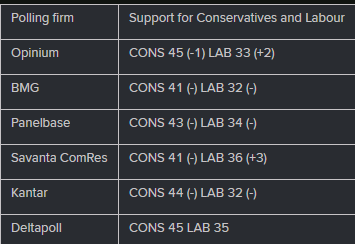 We all know that sentiment is a critically important ingredient in the pricing of tradable assets. But it is extremely difficult to move from this general and somewhat amorphous principle to a trading/investing edge. Richard L. Peterson takes up this challenge inTrading on Sentiment: The Power of Minds Over Markets (Wiley, 2016).
We all know that sentiment is a critically important ingredient in the pricing of tradable assets. But it is extremely difficult to move from this general and somewhat amorphous principle to a trading/investing edge. Richard L. Peterson takes up this challenge inTrading on Sentiment: The Power of Minds Over Markets (Wiley, 2016).
Peterson is the CEO of MarketPsych, a firm that in 2011 joined forces with Thomson Reuters to produce the Thomson Reuters MarketPsych Indices (TRMI), sentiment data feed covering five asset classes and 7,500 individual companies that Thomson Reuters distributes to its clients. As the Thomson Reuters website explains, these indices use “real-time linguistic and psychological analysis of news and social media to quantify how the public regards various asset classes according to dozens of sentiments including optimism, fear, trust and uncertainty.”
Odds are that, unless you’re a bank or hedge fund employee, you won’t have access to TRMI. Peterson’s book is the next best thing, although you have to realize that if you want to incorporate sentiment (not some proxy for sentiment) into your trading decisions and can’t do big data analysis yourself, you’re working with one hand tied behind your back.
Trading on Sentiment is divided into five parts: foundations, short-term patterns, long-term patterns, complex patterns and unique assets, and managing the mind.
(more…)


 We all know that sentiment is a critically important ingredient in the pricing of tradable assets. But it is extremely difficult to move from this general and somewhat amorphous principle to a trading/investing edge. Richard L. Peterson takes up this challenge inTrading on Sentiment: The Power of Minds Over Markets (Wiley, 2016).
We all know that sentiment is a critically important ingredient in the pricing of tradable assets. But it is extremely difficult to move from this general and somewhat amorphous principle to a trading/investing edge. Richard L. Peterson takes up this challenge inTrading on Sentiment: The Power of Minds Over Markets (Wiley, 2016).